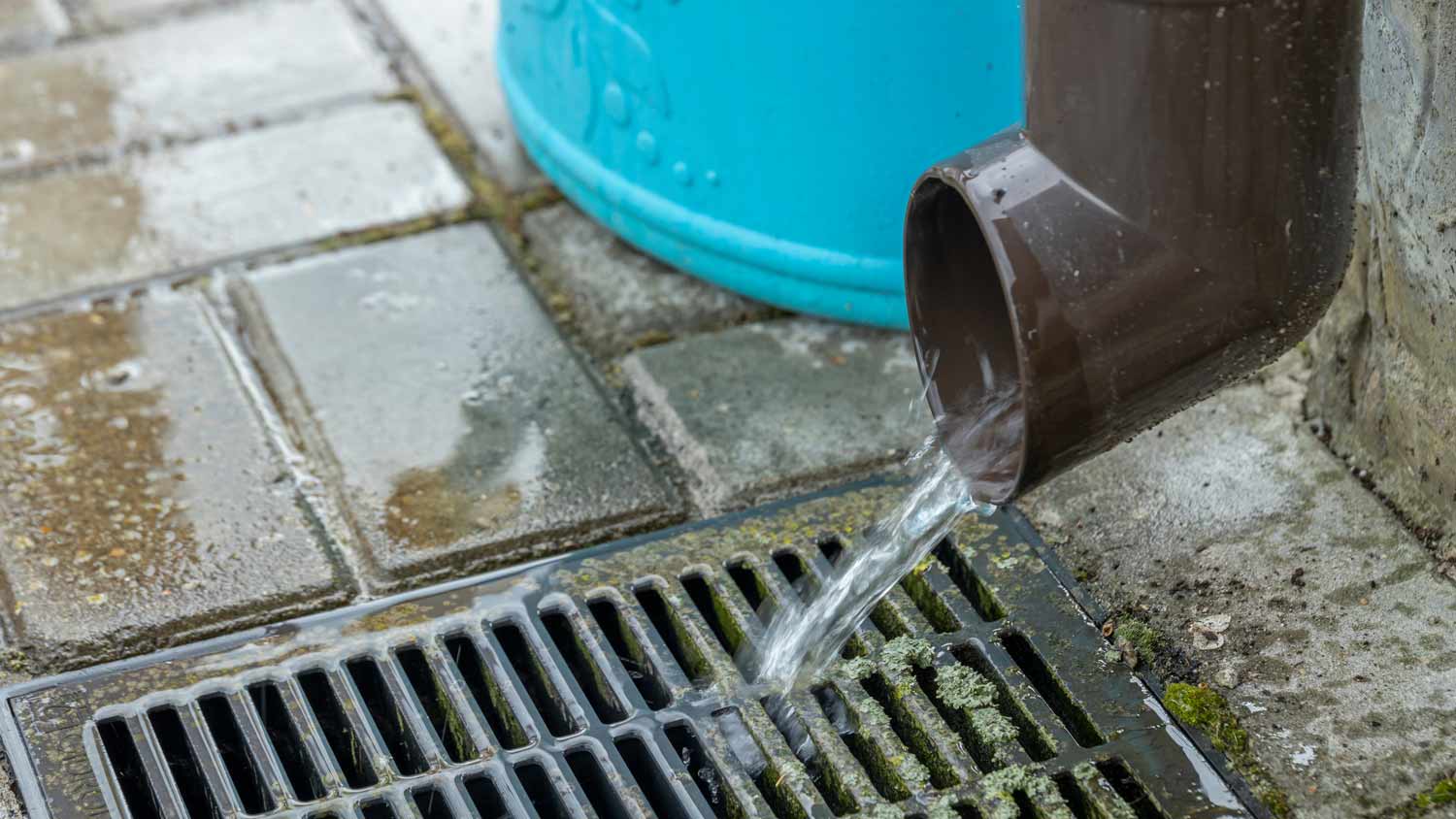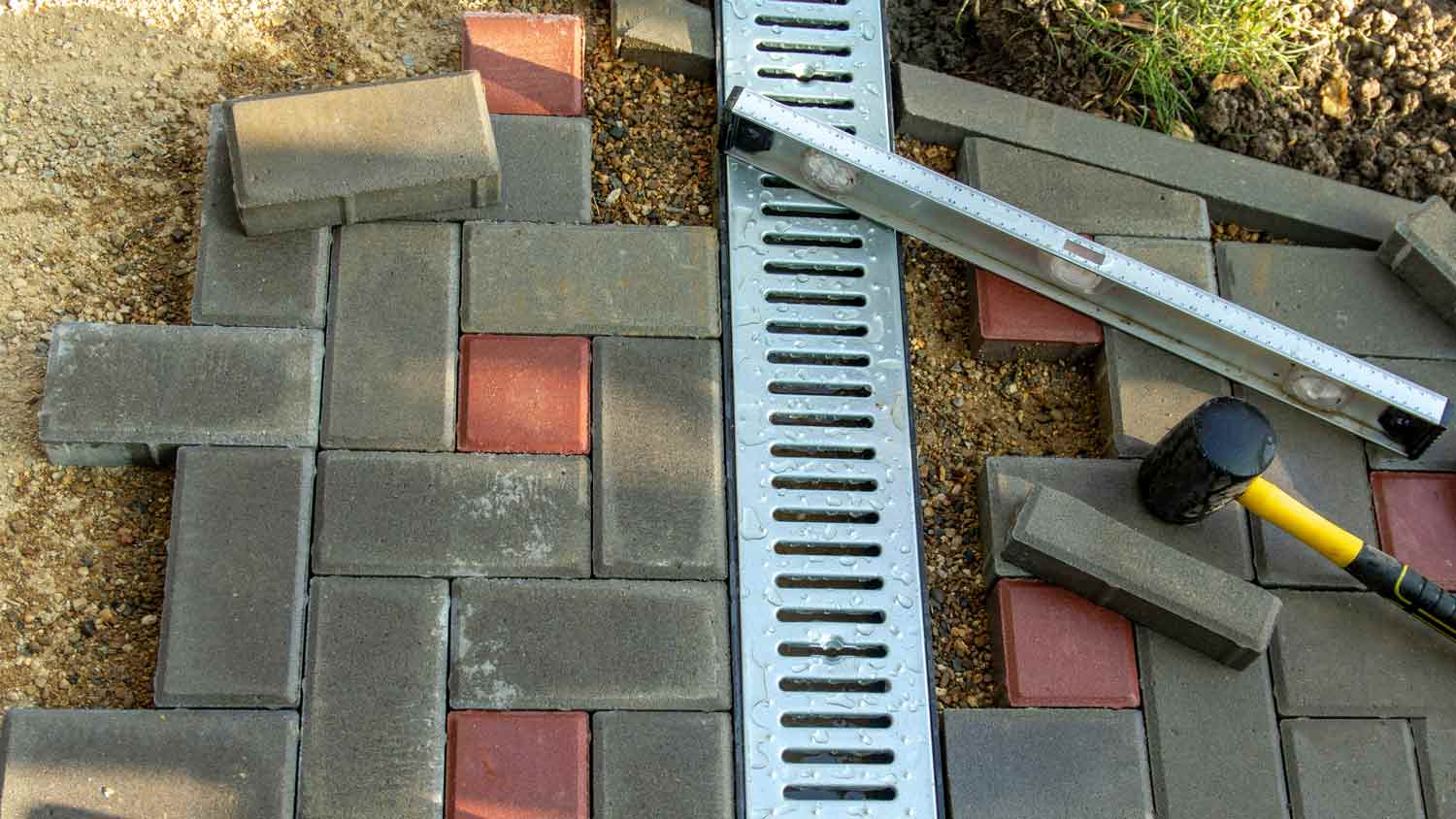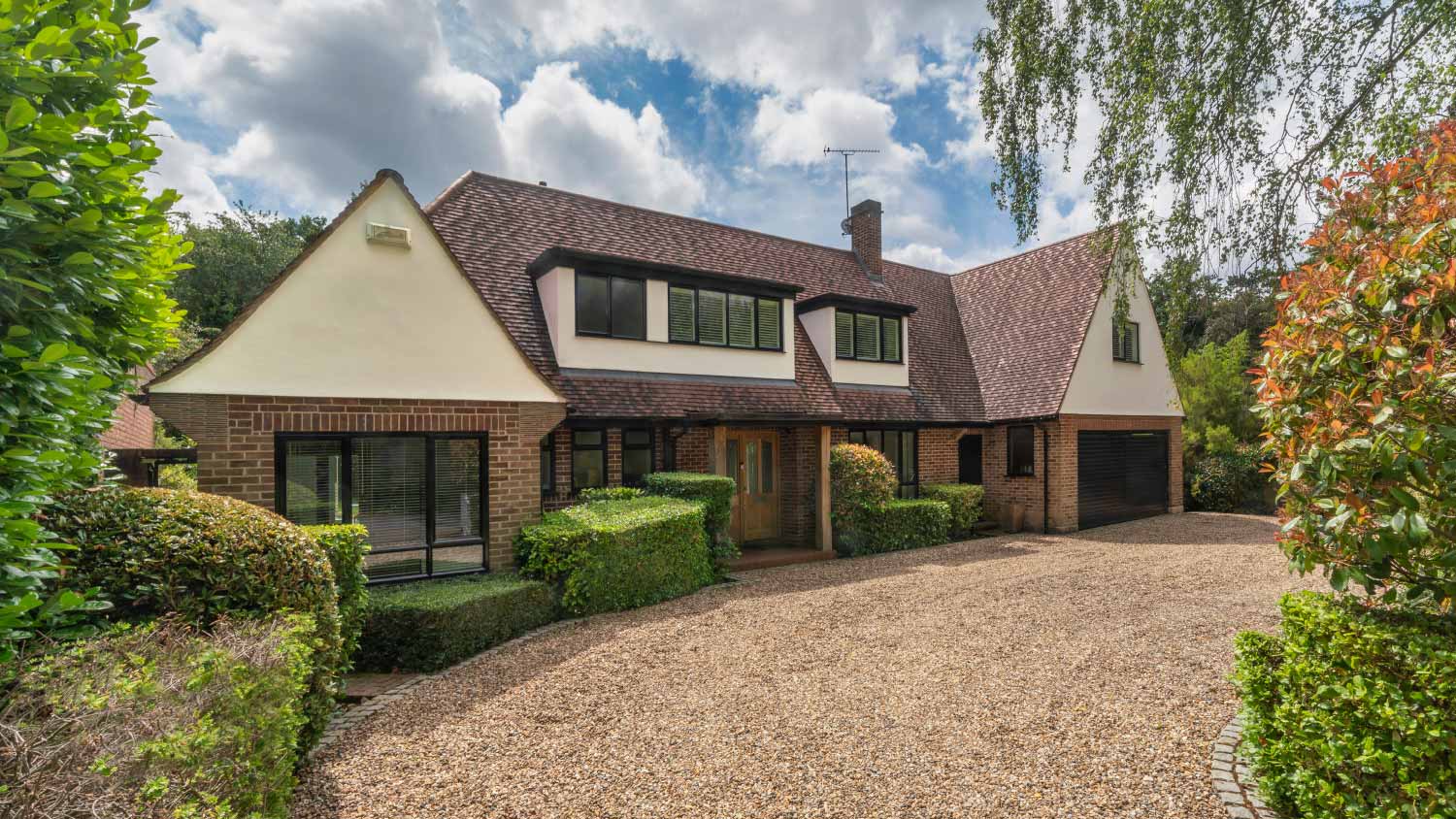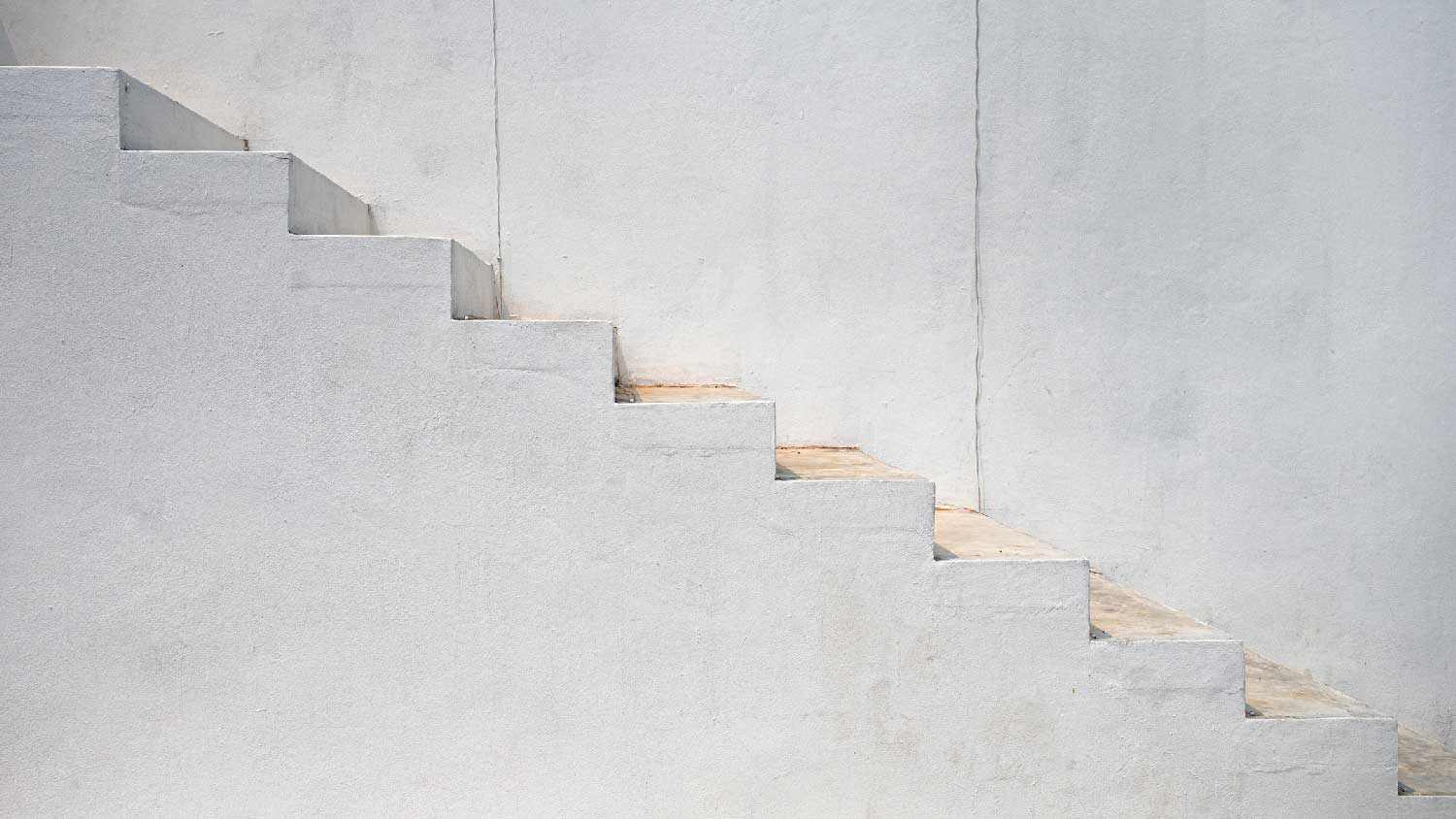
Need to know how much decomposed granite costs? Learn about the factors that affect decomposed granite's price and how much you need for your project.
Pave the way to dry ground


To prevent water from pooling on your patio, start by investigating where it is coming from. Gutter spouts and uncontrolled runoff are common culprits.
Most patio drainage solutions involve redirecting water away from your pavers.
Gravel drainage paths and traditional metal drainage pipes are both good options for pulling water away from a patio.
While water problems are never great anywhere on your property, they can be especially destructive when pavers are involved. Drainage problems that cause water to pool around or beneath pavers can cause pavers to loosen. Here's a glance at paver patio drainage problem solutions.

Does water that gathers on your roof always end up flooding your pavers? It's likely that your gutter system's downspouts are directed at your pavers. During heavy rains, this means that a large amount of fast-moving water that's being collected from your roof is rushing toward your pavers.
Consider changing the direction of your gutter system's downspouts. First, observe the path of the rainwater from your rooftop the next time it rains to confirm that it's flowing toward your pavers. If it looks like your gutter system is the culprit, talk to a gutter pro about directing water to a different spot.
Does it seem like water in your yard has nowhere to go? Your paver patio or walkway may be part of a landscape that simply doesn't allow for natural water runoff that would keep stones dry. Many paver problems are caused by the pressure and force of water pushing up between pavers.
If water simply sits stagnantly in your yard following rainstorms or snow melting, you may need to rethink your landscaping. The most direct solution is to install an in-slab drainage system. These systems are built with channels or trenches that carry water away from a specific area, like a patio or paver walkway, to prevent water from pooling. In-slab drainage systems should only be designed and built by concrete professionals with proper licensing to ensure that your solution is environmentally sound.

If your paver patio was built without a drainage system, you may notice that water always seems to pool on it following rainstorms. In some cases, builders may have tried to get away with cutting drainage holes, using permeable pavers, or doing a patio overlay as a way to reduce water pooling without installing a drainage system. However, rainfall totals or your yard's lack of slope may prevent these smaller drainage solutions from being as effective as they normally would be.
The only solution here is to have a patio drainage system professionally installed. During the process, a sloping channel is cut to direct rainwater away from your patio. The channel is then filled with stones or gravel for a finished product that is both practical and aesthetically pleasing. For areas with heavy rainfall, homeowners can instead select a metal drain that carries flowing water away from the patio with less risk of debris accumulating or water spilling over.
Here are the telltale signs that water that reaches your patio has nowhere to go:
Sinking Pavers: If pavers are sinking into the ground, this is a sign that improper drainage is causing constant moisture, creating ground instability, and pulling pavers down into the ground. Before diving into DIY tips for how to fix sunken pavers, consider that the ground beneath your pavers may be too permanently moist to hold them in place.
Wobbling, Loose Pavers: If constant water pooling is washing away the joint sand that's used to stabilize your pavers, your pavers will be wobbly or loose. While every homeowner with a paver surface should learn how to apply polymeric sand as part of general paver maintenance, new sand will only be washed away again unless the underlying drainage issue is addressed.
Pooling Water: If water is still covering your pavers when the rest of the yard is drying out following a rainstorm, this is a sign that deluges of water are being directed toward your pavers by some source in your yard.
Moss Growth on Pavers: If you're looking for ways to get rid of moss on pavers, consider that moss may be attracted to the moisture surrounding them due to poor drainage.
If you'd like to take a look at the soil conditions beneath your pavers to see how wet the area is, most homeowners can learn how to remove pavers on their own. However, a paver installation company near you offering drainage services should be contacted if you need to install a drainage system. When installing drainage, it's important to ensure that your setup doesn't direct runoff into a neighbor's property or public land. Permits for drainage are often needed. In addition, a pro can ensure that water is truly directed away from pavers instead of being directed underground to "push up" pavers or cause pressure-related cracking.
From average costs to expert advice, get all the answers you need to get your job done.

Need to know how much decomposed granite costs? Learn about the factors that affect decomposed granite's price and how much you need for your project.

Porcelain pavers are a high-end option for your home’s hardscaping that can completely transform your outdoor space. Here’s how much porcelain pavers cost.

Pea gravel is a good-looking, versatile landscaping stone that's a favorite of the pros. Read about how much pea gravel costs for both installation and the stone itself.

There's no need to cover up your entire lawn to install a driveway or walkway. Grass paver blocks offer a natural alternative to stone and concrete.

How much gravel do I need? It all depends on the area you cover and the gravel type. Use our gravel calculator to find out.

Determining how much concrete you need for stairs can involve some tricky math. Our concrete stair calculator simplifies the process. Here's how to measure.